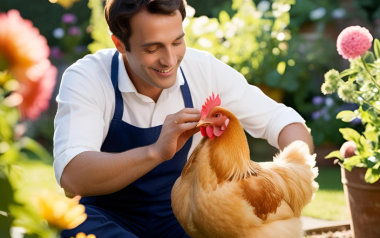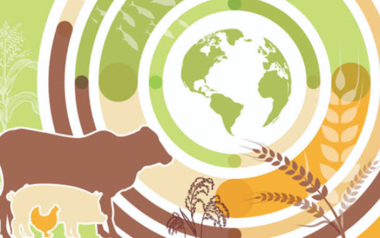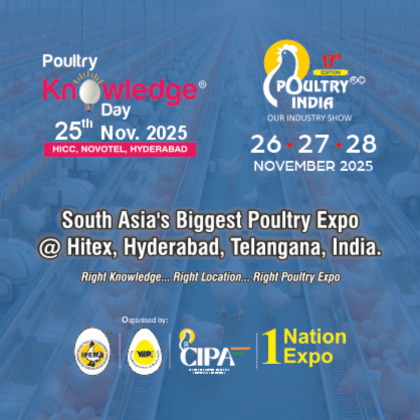Sources: Available upon request.
22 Jan 2024
Advances in Sustainable Poultry Production
The growing demand for animal protein by the world population is a direct challenge to poultry, therefore, it is necessary to have alternatives to reduce the traditional issues of both conventional and organic poultry farming.
Available in other languages:
Content available at:
العربية (Arabic)
The continuous growth of the human population demands more and more animal protein to feed people, which directly challenges the main sectors of poultry industry (conventional and organic/cage-free farming) year after year, so it is essential to develop sustainable poultry production.
Major problems facing conventional poultry farming are animal welfare, environmental sustainability, and antibiotic resistance of the prevailing zoonotic/enteric pathogens whereas slow growth rate, higher costs, inefficient land use, different diseases of the chicken, and cross-contamination with bacterial pathogens into the final products are the main issues for organic poultry farming.
Therefore, it is important to have sustainable alternatives to reduce and eradicate these major issues. Some of these alternatives in poultry farming are:
- Prebiotics or prebiotic like components: increase minerals and vitamins absorbability, increase digestibility, maintain optimal intestinal pH, modification of microbial metabolism, and increased cell integrity of the epithelium, reduce pathogenic bacteria.
- Probiotics: colonizing the host’s gastrointestinal tract to provide a more balanced microbiota, inhibit pathogens, improve intestinal integrity and immunomodulation.
- Bacteriophages: decrease pathogenic bacteria and improves the feed conversion ratio.
- Vaccines: immunomodulation, improvement in mortality rates, feed conversion ratio.
- Synbiotics: modulating intestinal microbiota, so inhibit pathogenic bacteria, increasing the production of metabolites like lactic acid, improving intestinal integrity, increasing the nutrient utilization including vitamins and minerals, immunomodulation in general.
- Agroindustrial By-Products (AIBPs) (not for human consumption): can be used as alternatives to conventional feedstuffs in animal nutrition. These by-products contain several bioactive compounds and have a potential to become nutraceuticals that can promote the health and well-being of poultry. Some of the AIBPs are fruit juice industry leftovers, oilseed industrial by-products, distiller´s grain by-products, vinification by-products, olive oil industry by-products, pomegranate by-products, tomato processing by-products. However, AIBPs have some limitations, such as the presence of anti-nutritional ingredients and chemical hazards. These risks can be reduced with modern processing methods, the use of good agricultural practices and appropriate development strategies for AIBPs as feed for poultry production.
There are other alternatives for sustainable poultry production besides those just discussed here, but these are the ones that are on the rise at the moment. Bacteriophage and vaccines are mostly used to control diseases whereas prebiotic, probiotic, synbiotic and AIBPs have the dual roles including disease prevention and growth promotion. However, there is still a need for further research on the field applications of these alternatives, specifically when applied in different poultry production systems. It is also necessary to understand the mechanism of action of these options before generalizing their use, as well as to determine their long-term consequences.









































